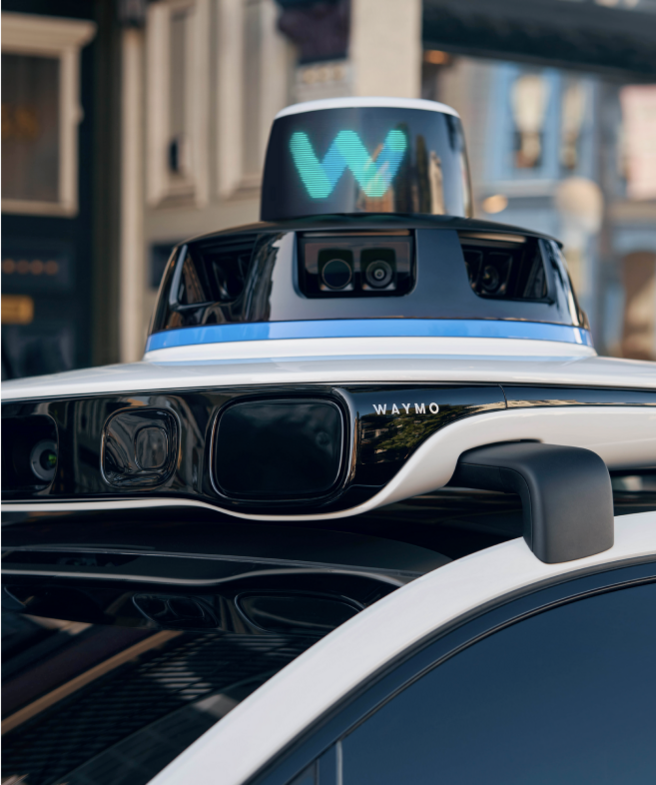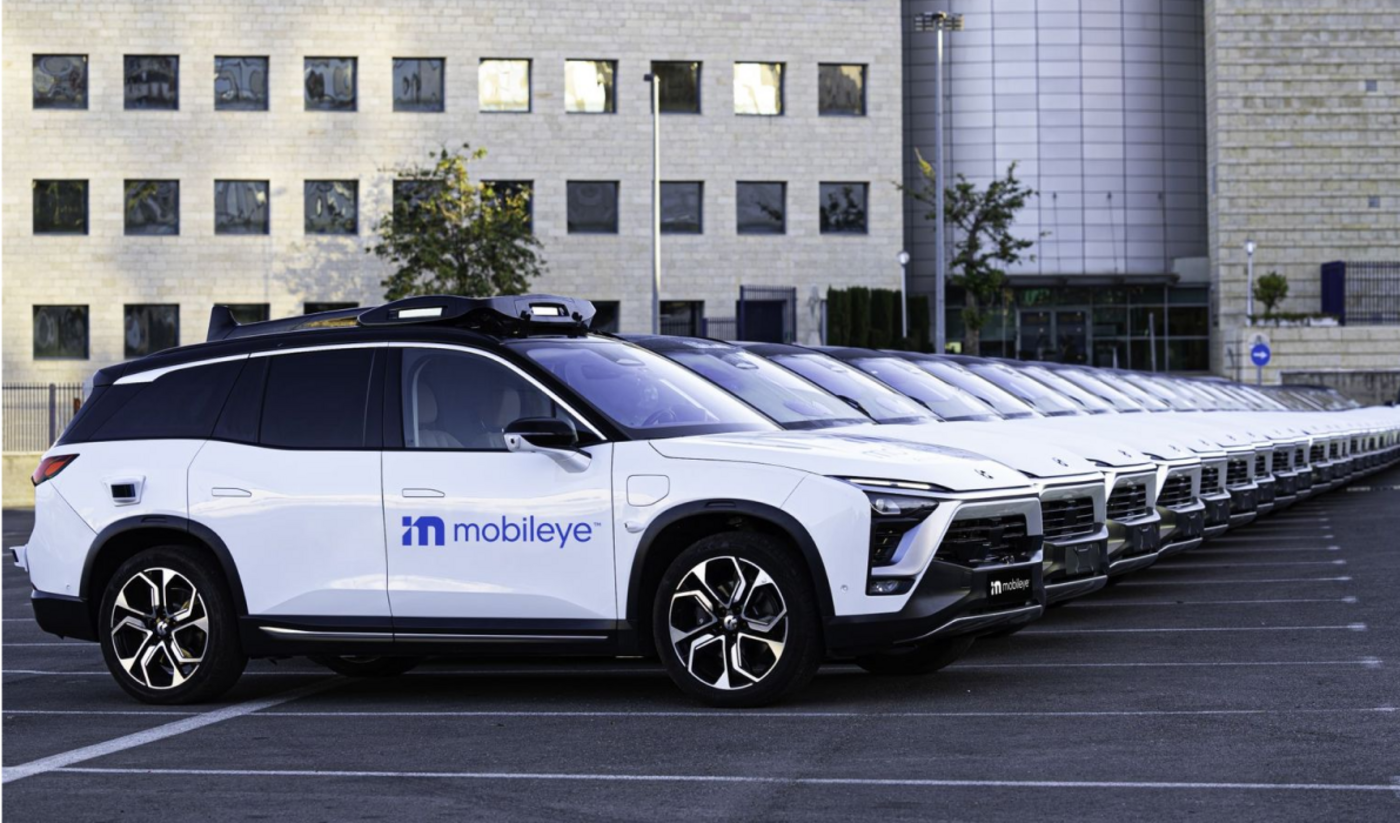ROBOTAXIS IN THE FAST LANE: HOW DRIVERLESS RIDE SERVICES ARE ENABLING NEW MOBILITY

Heading to your business meeting on autopilot—literally? Science fiction fans aren’t the only ones dreaming of driverless mobility. Manufacturers, designers, visionaries and scientists around the world are looking into the possibilities of autonomous driving.
Robotaxis from Waymo are already being used in Arizona. The provider Cruise conveys selected guests through parts of San Francisco. In China, passengers in two major cities have been hailing self-driving cabs since last year. Things are happening now in Germany, too—alongside projects by Volkswagen and Deutsche Bahn, as of this year the Intel subsidiary Mobileye is once again underlining its aspirations to be one of the market leaders in the area of autonomous driving. With its testing processes supervised by TÜV SÜD as an independent testing organization, Mobileye has had an approval recommendation for German roads since January.
Now the Israeli developer wants to bring its product to life in the form of robotaxis. An expanded pilot project is planned to take place in Munich. Robotaxis? Cars from well-known manufacturers are being used, but they’re being equipped with masses of cameras and sensors to track the flow of traffic, signals and other road users—especially pedestrians. Using the data, they select routes, accelerate, execute passing maneuvers, brake and even park the vehicle. The cars still have steering wheels and a driver’s seat, but these might soon be a thing of the past. In accordance with Automation Level 4, the Mobileye vehicles will retain a safety driver onboard who will not actually be driving but can intervene if necessary. Over the long term, Mobileye technology could be used for ride-share providers such as Uber or Lyft, but also in private vehicles.

"To establish an ecosystem of autonomous mobility as a service, all kinds of stakeholders must work together at the same level."
As Augustin Friedel, a mobility transformation expert at the management consulting firm and Porsche subsidiary MHP explains, before a robotaxi can take to the road, a lot of planning and cooperation is required. “To establish an ecosystem of autonomous mobility as a service, all kinds of stakeholders must work together at the same level—meaning the vehicle manufacturers, system suppliers and fleet management platforms, not to mention the local authorities.”
The main aims of this wave of modernization currently sweeping mobility worldwide are, naturally, the plannability and efficiency of trips, the lowering of emissions—and also traffic safety, known as Vision Zero: a world without traffic deaths.
An approval recommendation for Mobileye is a strong signal of the arrival of tested and very promising technology on European roads. Friedel is optimistic about the future: “From the perspective of urban users, there is exciting potential with respect to reducing traffic and costs, but also in the area of inclusion. You can create a comprehensive transportation system that is accessible to everyone.” As soon as the shift towards shared mobility is complete, it will become possible over the long term to create more space for pedestrians and bicyclists, as well as parks and green spaces.
